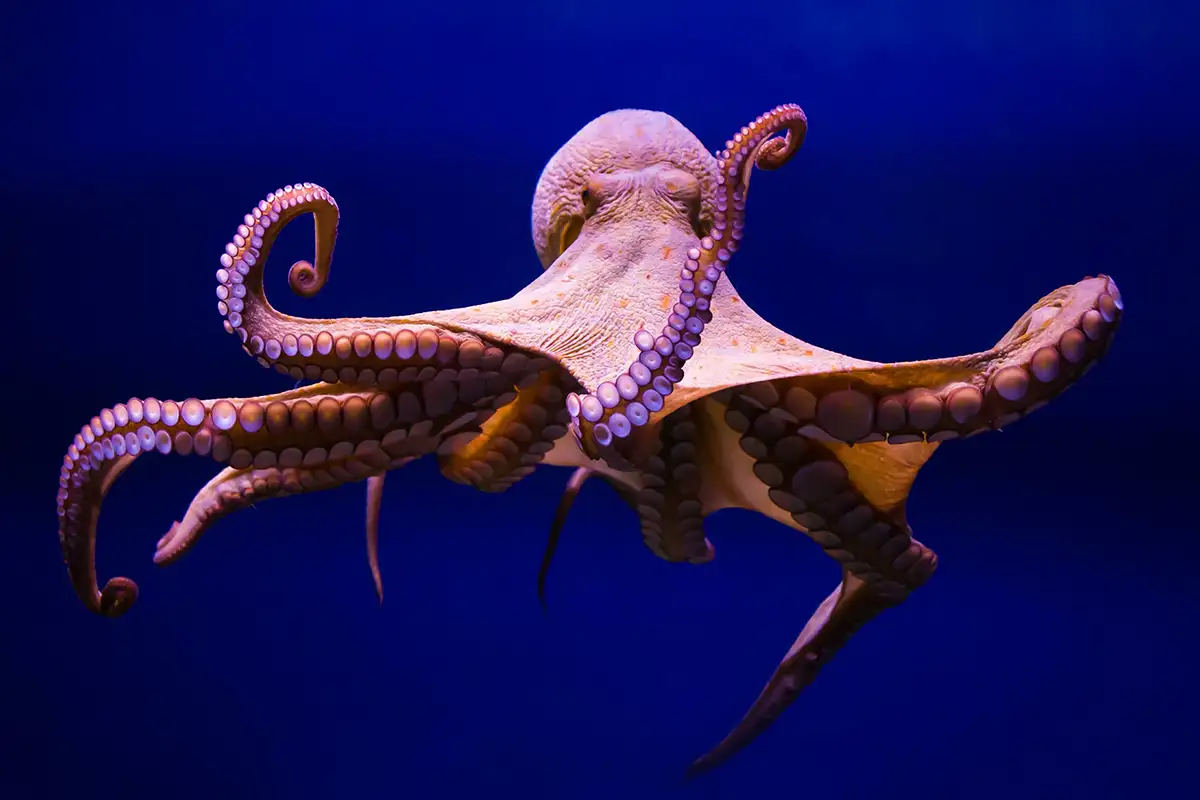A sentient being is a conscious entity with specific interests who possesses the ability to have experiences, accumulate them, and make decisions based on them to ensure wellbeing and survival. In the realm of philosophy, the term “sentience” has been distinguished from “reason” since the 18th century. Sentience refers to the capacity to experience sensations and have subjective perceptions about the surrounding world. These sensations and experiences can be understood by the individual as positive or negative, leading to the modification of habits or actions.
Sentience-centered ethics argue that morally considerable entities are those with the ability to feel. Anthropocentric (human-centered) positions have used the criterion of sentience to distinguish human animals from non-human animals, advocating human supremacy based on their capacity for experiences and consciousness. In this philosophy, the interests of human beings would be considered more significant than those of other beings due to their possession of sentience.

Are Human Beings the Only Sentient Beings?
By reading the above definition carefully, we can infer that all animals have sentience. Consider the case of domesticated animals. Training is often based on reward and punishment stimuli, through which we induce these animals to modify their behavior. In other words, these animals are having a subjective experience that they decode as positive (reward) or negative (punishment) and act accordingly. Perhaps, in animals less similar to humans, i.e., those who are not mammals, the concept becomes a bit more confusing, especially because we are much less accustomed to decoding the communication forms of these beings. And that is why this has been a debate for years in both philosophy and biological sciences.
What Does Science Say?
In July 2012, the Cambridge Declaration on Consciousness was announced. In England, an international group of neuroscientists, neuropharmacologists, neurophysiologists, neuroanatomists, and computational neuroscientists came together to reexamine the neurobiological substrates of conscious experience and other related behaviors in both humans and non-human animals.
One of the biases they aimed to investigate was the assertion that only animals with a neocortex (some mammals, especially those of the Homo genus, such as chimpanzees and great apes), have the capacity to experience pleasure and pain, and therefore to have interests and be subjects of moral consideration.
Comparative research in this field faces the obstacle of the inability of non-human animals, and often humans themselves, to communicate their subjective experiences clearly and intelligibly. Nevertheless, some of the agreements reached by this scientific group were:
- Artificially stimulating the same brain regions generates corresponding behaviors and emotional states in both human and non-human animals.
- Birds seem to offer, in their behavior, neurophysiology, and neuroanatomy, a noteworthy case of the parallel evolution of consciousness. Evidence of almost human levels of consciousness has been spectacularly observed in African gray parrots.
- The final statement concludes as follows:
“The absence of a neocortex does not appear to preclude an organism from experiencing affective states. Convergent evidence indicates that non-human animals have the neuroanatomical, neurochemical, and neurophysiological substrates of conscious states, along with the capacity to exhibit intentional behaviors. Consequently, the weight of evidence indicates that humans are not unique in possessing the neurological substrates that generate consciousness. Non-human animals, including all mammals and birds, and many other creatures, such as octopuses, also possess these neurological substrates.”
Here you can listen to the reading of the consensual conclusions of this Declaration, in the voices of its proponents.
Based on this scientific declaration, we have well-founded grounds to say that animals of all species are sentient beings.

What Criteria Are Useful for Assessing the Sentience of Other Beings?
The widespread anthropocentric position, asserting that only humans are conscious and capable of having subjective experiences of pain or pleasure, is often based on the assumption that we cannot access the mental and subjective content of animals because we lack the means to communicate with them. Far from being a sensible claim, this would lead us directly into a realm where one could argue that a human baby is not a sentient being because we cannot effectively communicate with them, or that a person with a disability that prevents them from clearly communicating their experiences and sensations is also not a sentient being. Dangerous, isn’t it?
Within numerous scientific research fields, from biology to ethology (the science that studies animal behavior), there are several things we can learn to determine whether animals have consciousness or not. For example, in this article, there is scientific evidence that vertebrate animals experience emotions and mental states.
Some criteria to consider for assessing sentience are:
1. Behavior
In response to different stimuli that cause us pain or pleasure, our behavior changes, such as the way we move, stay, or leave, adopt defensive positions, scream, moan, etc. Animals routinely exhibit this type of behavior. Also, there are behaviors that are not an immediate response to the stimulus but part of a learning process that persists over time. Cognitive abilities can be defined as processes through which information from the environment is perceived, processed, transformed, retained, and then used to make decisions and act. For example, some octopus species use other elements in their environment like shells, stones, or mud as a hiding place in case of imminent danger. It has also been observed that octopuses change their hiding places if they have had a painful stimulus inside their refuge.

It’s not just in response to pain or pleasure that we can confirm the sentience of animals but at every moment of their lives. In fact, the condition for any being to stay alive is its response to the environment: to act in one way or another. Eat or not eat; run or not; hide or go out to explore; retain urine or expel it, and so on, thousands of everyday behaviors that animals decide whether or not to perform based on their assessment of the conditions in their environment. How could animals achieve this if they were not conscious?
2. Evolutionary Considerations
The existence of beings with consciousness is explained by an increase in their survival capabilities and, consequently, in passing on their genes to new generations, perpetuating the species. Consciousness requires an immense amount of energy for organisms, as if it were not necessary for ensuring survival, it would be more of a nuisance than an advantage. Humans use over 20 percent of our energy in conscious processes. The proportion is similar in other animals. In organisms that do not require constant decision-making due to their way of life — such as plants or fungi that, for example, do not move — this energy expenditure has no reason to exist.
3. Physiology
The mere possession of a nervous system is not a sufficient condition for sentience if the nervous system is not centralized. Today, we know that a centralized nervous system is necessary for sentience. Moreover, nervous systems in different species vary widely in complexity and degrees of centralization. So, what other physiological criteria help us in this analysis? The existence of chemicals that function as analgesics in certain animals is only explained if those animals experience pain. A large number of invertebrates with simple centralized nervous systems also secrete these substances. Another criterion that reinforces the idea of sentience is nociception: the detection of harmful or potentially harmful sensory stimuli. There are organisms that possess nociceptors that transmit this information. But, in order to determine that possessing nociceptors is related to the perception of pain, science would need to define the brain’s structural conditions for decoding nociception information as pain, something which we are still unaware of. However, these substances in animals serve no other function, making us suspect, even without scientific endorsement to date, that they are there to protect these organisms from harmful experiences.
Conclusion
Ast this time, there are no scientific mechanisms that precisely determine what consciousness is, how it occurs, and how it functions. However, there is a certain consensus about the ability of non-human animals to feel. This is not a minor issue because depending on the consideration we have as a society for animals, acceptable attitudes towards them would change. The legislation in many countries still considers animals as things. Our laws are a faithful reflection of certain social consensuses, responding to specific interests, and written at specific moments in history. With the scientific evidence available and with an attitude of greater humility, empathy, and love towards the living beings around us, isn’t it time to accept that animals feel, and that we should respect and ensure dignified lives for them? While we are still far from this goal, and there are billions of animals confined in cruel factory farms, the fact that these debates are being reignited in countries like Mexico and Argentina is a positive sign.



